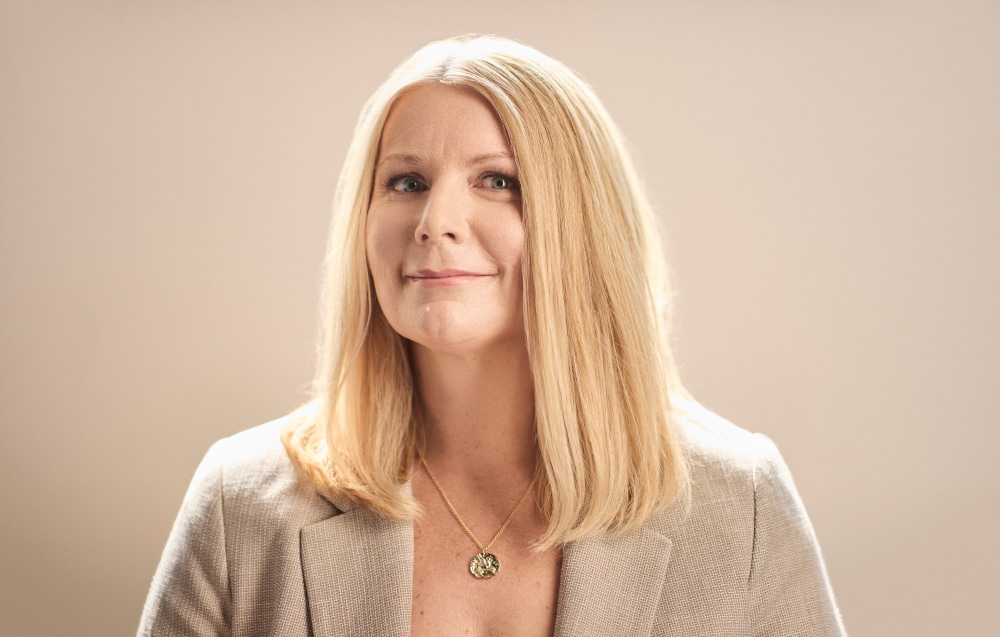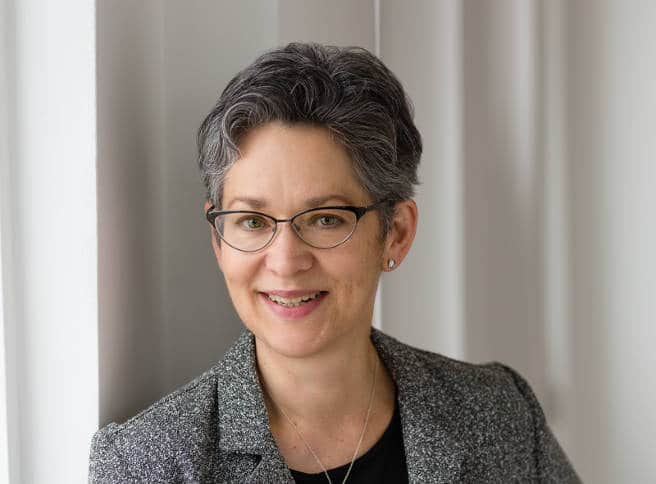The last of eight Seed Regulatory Modernization (SRM) task teams — this one tasked with information (labelling and records) — will soon begin its work as the SRM process approaches the end of its third year.

This task team’s role is important in ensuring that the regulatory changes are well-informed and efficient, says Wendy Jahn, the national manager of the Canadian Food Inspection Agency (CFIA) Seed Section.
“We can finally see the light at the end of the tunnel for the whole stakeholder engagement part of this process,” she said. “The co-development process has involved 115 stakeholders, and we’ve yielded over 150 recommendations thus far.”
Jahn said the next step in the process will be to collaborate with Indigenous partners to ensure these amendments are developed in a way that’s respectful of Indigenous rights and interests. Consulting with the Indigenous community is a part of Canada’s commitment to Truth and Reconciliation.
“We’re planning to engage with Indigenous partners this fall and winter to get a better understanding of Indigenous agricultural practices and potential areas of impact that could result from the SRM process,” she said.
Jahn emphasized the importance of engaging with various stakeholders and their diverse ideas, which includes major proposals being put forth by the Canadian Seed Growers’ Association (CSGA) and Seeds Canada.

CSGA Promotes Advisory Committee
The CSGA recently released a handful of documents outlining its positions on four distinct areas being touched by the SRM process. They are:
- Main Administrator: CSGA wishes to prioritize a simpler certification process through the consolidation and streamlining of the current multi-layered system, resulting in what CSGA calls an industry-led, government-enabled seed certification system with CSGA as the main administrator managing all seed certification functions on behalf of government.
- Digital Single Window: Under this proposal, CSGA would expand its SeedCert platform to create a kind of digital “one-stop-shop” for seed verification, eliminating duplicate and fragmented workflows and allowing users to access information in one place.
- Variety Certification Eligibility: CSGA proposes to create a new tier in Schedule III of the Seeds Regulations, known as the Variety Certification Eligibility Listing, which is identical to CSGA’s Form 300 process regarding data requirements, to streamline the current parallel variety listings and recognition processes between CSGA and CFIA. This would mean the CFIA would be responsible for recognizing a variety and assessing its eligibility for seed certification, and CSGA would continue to certify the seed of these varieties.
- Governance and Partnerships: CSGA wants to strengthen current stakeholder consultation and engagement systems by creating a Multi-Stakeholder Advisory Committee (MSAC) and increasing external representatives on CSGA committees. According to the document, the proposed committee would provide a framework to collaborate on sector issues beyond seed certification and would make recommendations to the CFIA, Agriculture and Agri-Food Canada, or other non-governmental organizations involved in seed and seed certification.
According to CSGA Executive Director Doug Miller, the MSAC is intended to be a collaborative entity that represents the interests of the entire seed sector, not just one organization, and would work within existing frameworks to continue to drive value for the sector.
He says the committee wouldn’t create a new organization or increase red tape, which CSGA feels is likely with what it calls the top-down approach proposed by Seeds Canada with its idea for the Independent Standards Setting Body (ISSB).
According to Miller, the MSAC would meet twice a year and would not have any governing power or any standards-setting authority, instead focusing on the priorities of the seed sector as a whole.
Miller says there are similar examples to CSGA’s proposal in Canada and abroad that demonstrate the tremendous benefits of this type of model, like Canada’s Plant Breeders’ Rights Advisory Committee and the Association of Official Seed Certifying Agencies Advisory Committee.

Seeds Canada Promotes ISSB
Seeds Canada CEO Barry Senft said in an interview that Seeds Canada is becoming increasingly skeptical that the SRM process will deliver a return on Seeds Canada’s resource investment in the process thus far. As a result, Seeds Canada is heavily advocating for its ISSB idea.
According to Senft, the best way to modernize and future-proof Canada’s seed regulatory system through the SRM process is to establish an ISSB, then confirm the roles and responsibilities of alternative service providers within the regulatory framework. After that, it wants to incorporate appropriate regulations by reference, with the ISSB responsible for reviewing and recommending changes to CFIA. Seeds Canada wishes to focus the remaining SRM consultation on key issues of broad industry interest like variety registration and ensuring the quality of domestic crops.

He says the proposed ISSB would advise CFIA on seed-related policy and develop standards for approval and implementation.
“It would ensure those who contribute to the seed sector have a voice at the table on issues that affect their business,” Senft said.
Seeds Canada director of policy, Lauren Comin, echoed Senft’s sentiments, adding that the SRM process has lost sight of the bigger picture, focusing instead on minor adjustments. This bureaucratic approach may hinder true innovation in the seed industry, she said.
“We need to take a step back and say, ‘Wait, who are the players? Who are those who are making an investment in our seed sector? Who should have a voice, a seat at the table? What is the role and the mandate of all the organizations that are involved? And where do we actually hope to go with all of this?’” Comin says.
Seeds Canada has retained Erin Armstrong, former CEO of Limagrain Cereals Research Canada, to further develop the proposed ISSB. Her work will focus on assessing the needs of the seed sector and its stakeholders as well as conducting an environmental scan, according to a news release.
The deliverables of Armstong’s involvement in the project will be the development of a comprehensive model, including mandate, scope, representation, structure, and governance, as well as a recommended timeline for development.
Finding Common Ground
According to Seeds Canada board member Michelle Wall, the spirit of the ISSB and MSAC

proposals are similar and the goal with both is to advise the CFIA on how best to move forward when it comes to crafting good seed policy.
Wall serves as seeds regulatory lead for Syngenta Canada and joined the Seeds Canada board in July. She notes that Syngenta is a member of both CSGA and Seeds Canada, so she finds herself in an interesting position.
“When I’m outside of Seeds Canada, I’m looking at what is best for Syngenta and our stakeholders, but as a member of the Seeds Canada board, I’m also representing the broader industry,” she said.
She emphasizes the importance of staying closely linked to CSGA to ensure informed and value-driven decisions.
“We are all pulling towards the same North Star — clarity and efficiency in the seed sector,” she says, highlighting the common goals despite differing perspectives.
Wall highlights that before making significant strides in SRM, it’s essential to clarify the foundational aspects of who’s responsible for what, echoing the need for a solid framework to guide the industry forward. She adds that while the MSAC and ISSB ideas are similar in spirit, she says the ISSB idea has an advantage in that it would be “truly independent.”
“We’ve spent a lot of time as an industry doing a lot of digging into what works and what doesn’t in terms of SRM,” she says, emphasizing the importance of developing clarity on roles and responsibilities for the process to move forward.
“If we’re not clear on that, it’ll be difficult for the CFIA to determine the best way to go in terms of policy.”
At the end of the day — with the stakeholder engagement part of the SRM process near completion — Jahn says the ultimate goal of SRM is to create policy that works for everyone and propels Canada forward.
“We’re really pleased with the ideas that are coming out of SRM,” she said. “Everyone is coming forward with their own proposals, and that’s a good thing — we like the idea of CFIA having an advisory body like the ISSB, for example. We can really see some benefit to that.”
Jahn added that CFIA Seed Section officials are eager to inform the industry about how the SRM process is progressing. If you would like a CFIA staff member to attend a winter meeting of your organization, email her at wendy.jahn@inspection.gc.ca.












